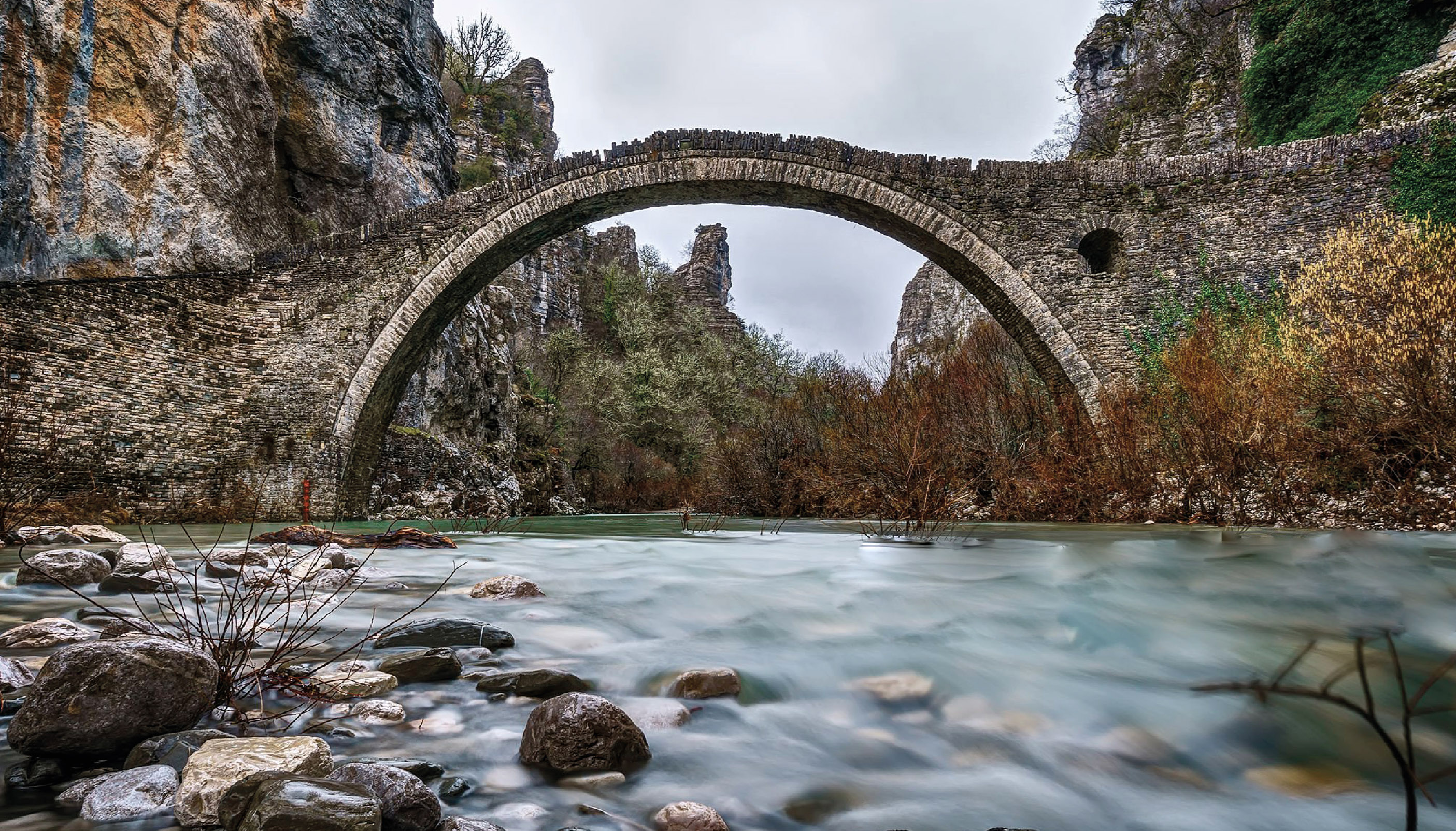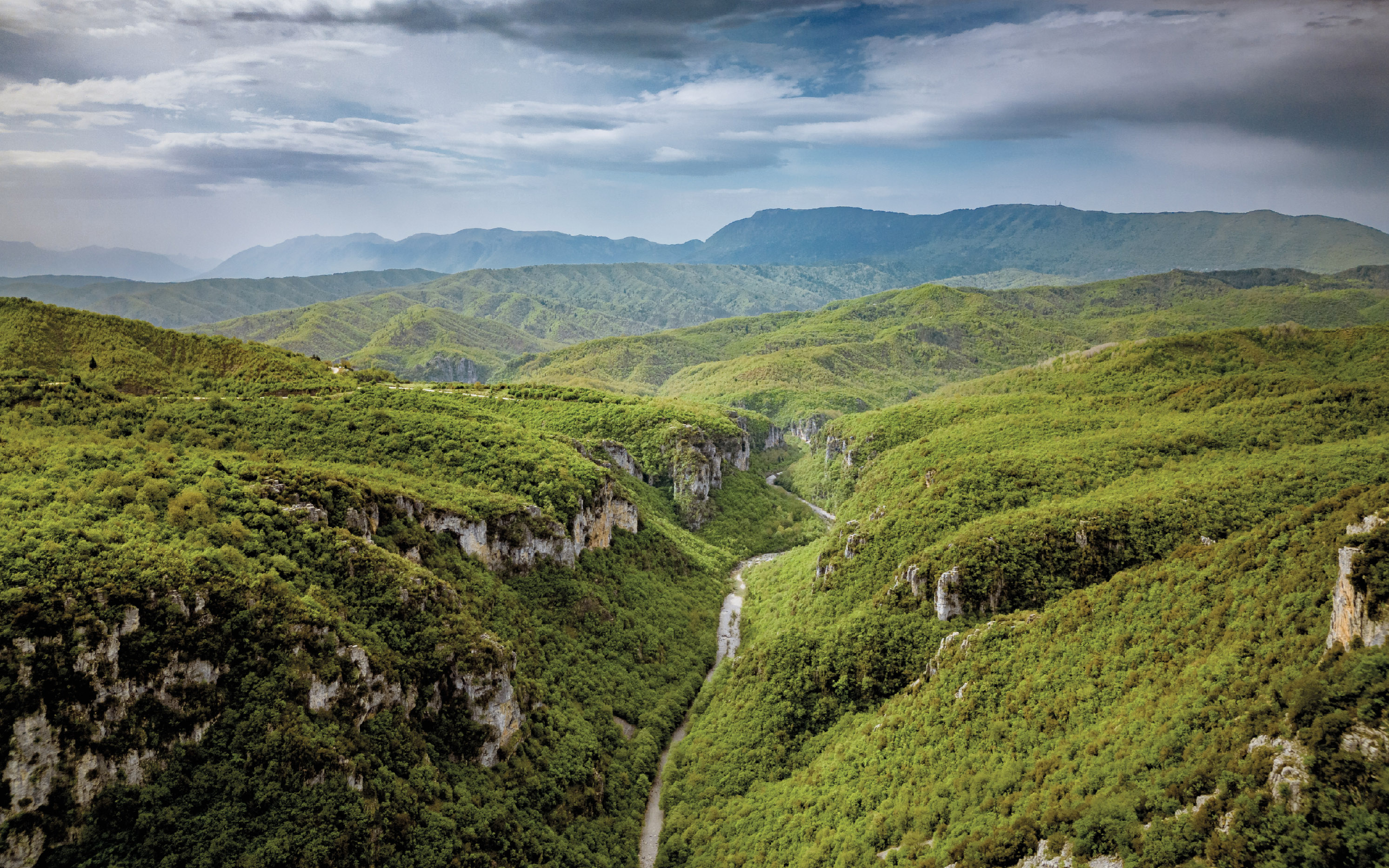According to the selection criterion (v), on the basis of which the inscription was made, Zagorochoria, the traditional villages of Zagori Cultural Landscape, are an outstanding example of traditional human settlements where the characteristics of the stonework showcased in traditional buildings, bridges, pathways, and staircases represent a distinctive culture developed in a remote mountain region. The vernacular architecture, urban structure, and public infrastructure of the villages have been influenced by an exchange with other areas of the Balkans, Central Europe, Russia, Asia Minor, and Constantinople, where Zagorisians practiced temporary migration. Zagorisians imported ideas and styles to their homeland and provided investments which enabled the development of this isolated area of the Pindus Mountain range.



